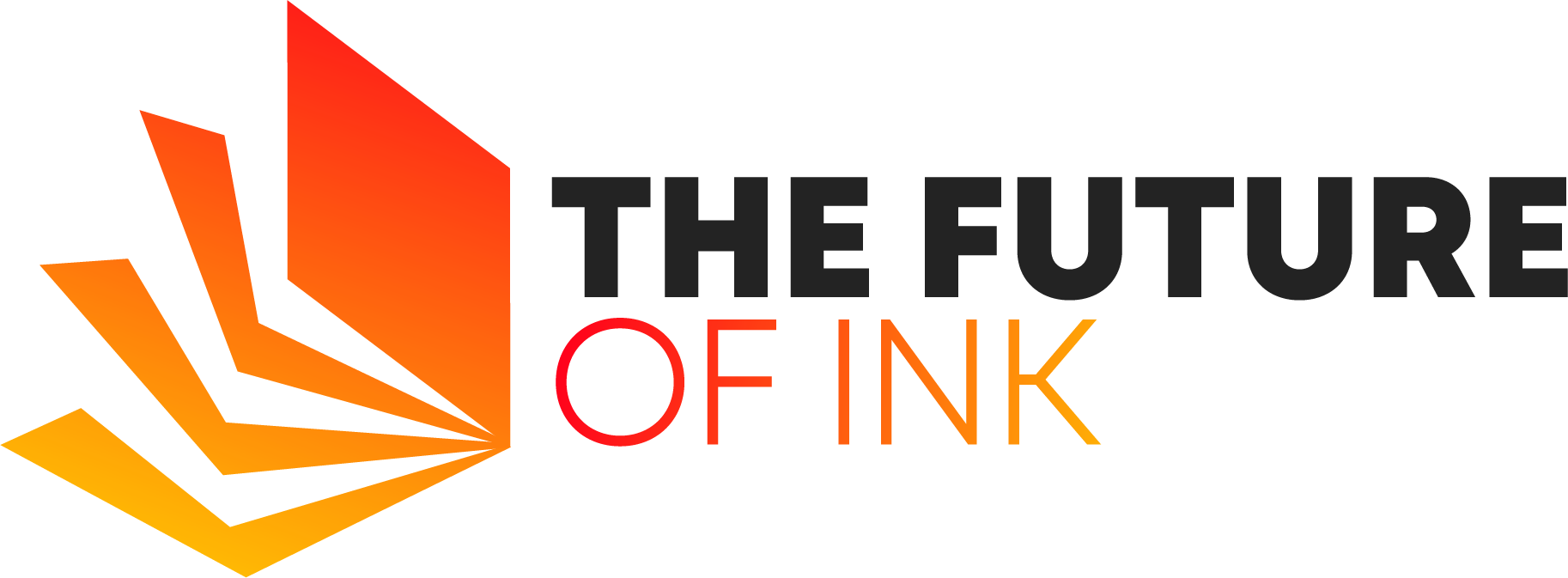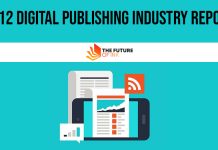Contents
Before we get too deep into answering this question, know upfront this is like asking a mother of three which child is her favorite. Each platform comes with unique benefits and drawbacks.
Digital publishing is a huge all-encompassing world of everything from e-books and Kindle to video and teleseminars. For the purposes of this article’s length and my own personal expertise, we’ll stay focused on ebook publishing platforms.
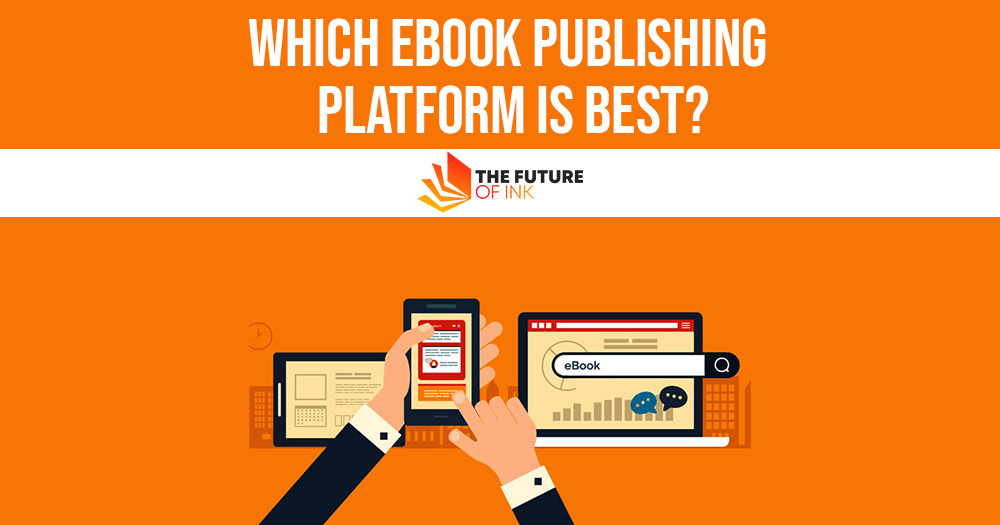
There are three primary platforms to publish an ebook: Amazon’s Kindle, Barnes and Noble’s Nook and Apple’s iBooks (iPad).
Amazon’s Kindle
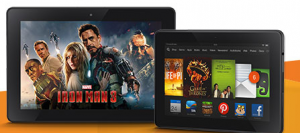
Kindle is the granddaddy (though still quite young to be a grandpap) of e-bookdom. To this day, the Kindle Store still holds the record for e-book sales—67% of the e-book buying market. While this number has fallen to Nook over the past couple of years (it was closer to 99%), it’s still a good chunk of the market share. When Amazon came out with the Kindle, it did a lot of things right:
- Kept readers affordable—Kindle reader devices actually cost more to make than their sale prices. Amazon is willing to accept the loss due to their ingenious in-tablet purchasing from the Kindle Store.
- In-tablet purchasing—If you’ve ever downloaded a Kindle book from your Kindle reader, you know how freaking easy they make it to purchase. From the time you search for a title (or just browse), to clicking the “Buy” button, less than 30 seconds will pass before that book is loaded on your personal reader to enjoy. It satisfies the instant gratification humanity craves, and Kindle has tapped into that craving to result in selling more e-books.
- Free Samples—Besides the brilliant “Look Inside” the book feature on Amazon.com, Amazon also allows you to download a sample (usually the first chapter or so) of an e-book. Then once you’re hooked on reading that e-book there’s a convenient “Buy” button at the end of the sample. It’s really hard to not push that button, which will immediately download the rest of the book to the Kindle and charge the credit card Amazon has on file.
- KDP Free Promotions—As part of their 90-day exclusive agreement for Kindle authors, Amazon allows you to choose five out of those 90 days to give your e-book away for free. This can generate a lot of buzz and add a bump to your sales after the free promotion is over.
- Kindle Lending Library—Another brilliant move, Amazon created Amazon Prime, an annual membership gadget junkies like me are addicted to for the free two-day shipping. As an added bonus, Prime members can download any single Kindle title that’s listed in the Kindle Lending Library (part of KDP exclusivity) to read—one per month.
With all Amazon’s Kindle has going for it, it does still have a few drawbacks:
- “Worldwide” Distribution—While Amazon’s Kindle is a great platform for US-based authors, I recently discovered Amazon does not service Australia or New Zealand… at least not very easily. Authors in those countries need to jump through hoops of red tape, which frankly aren’t very worth it when there are other platforms to consider.
- The other 33%—This is the percentage taken up by Nook, iPad and other readers (like the almost obsolete Sony Reader). And that percentage is rising, especially as big mainstream publishers fight Amazon on its terms of service. This is something to keep a close eye on, as getting on the other platforms may be essential later on.
- Pricepoint—To keep e-books priced competitively, Amazon set a royalty rate of 70% for e-books priced between $2.99 and $9.99 USD. This is great, for most books. However, it becomes an issue when a book is more of a specialty how-to book, in a high value niche or a textbook. For your novel or standard business book, this rule is fine. Walk outside the lines of “normal,” however, and you will be losing a lot of money to the Amazon giant.
- Lack of Apps—The Kindle Fire was built for Apps, yet they lack the basics like an iBooks or Nook reader. It seems to me, if the other platforms are open to having Kindle reader apps in their stores, Amazon could return the favor. Especially when it comes to those authors who have trouble selling their books on Kindle, because Amazon isn’t active in that part of the world yet. (Note: As of the writing of this article, I could not find any direct apps of this sort. However, third-party apps may be available.)
Also Read: Digital Publishing: 5 Reasons Your eBook May Need an ISBN
Barnes and Noble’s Nook
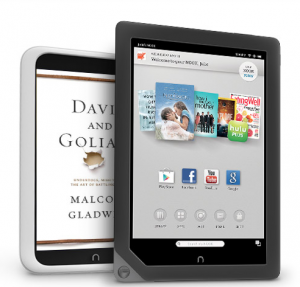
I’ll admit, other than having several friends who use and love their Nooks, I don’t know a lot about them. It seems avid readers who use their e-reader tablets for the primary purpose of… wow… reading, are often Nook readers.
This is also evident by the climbing 25% of e-book sales market share garnered by Nook.
The only issue I see for authors is trying to publish a Nook book directly with Barnes and Noble. They don’t make it nearly as easy as Amazon’s Kindle Direct Publishing, or even iBooks.
Apple’s iBooks
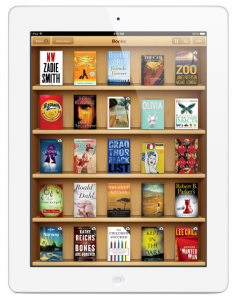
As of this writing, iBooks holds a mere 5% of the market share. However, that number is also rising as e-books get more sophisticated, more enhanced, and more app-like.
With the recent release of iBooks Author, Apple is once again setting a standard in technology. EPUB technology has the ability to be highly interactive, yet Amazon’s Kindle is still having trouble reading EPUB files cleanly since they use and prefer their own MOBI file format.
The Kindle Fire HD was rumored to have these abilities when it was released in 2012, yet they’ve been pretty quiet about it, while Apple has been quite noisy about their iBooks Author app.
What’s really cool about iBooks Author is the app is free free, creates gorgeous, interactive iBooks, allows for custom fonts, and brings to life an otherwise plain e-book.
The main downfall of iBooks Author is it’s only supported on the iPad. This exclusivity cuts out the majority of the market (currently 95%).
However, as more authors make use of this amazing tool and create higher quality e-books, iBooks will probably rise in popularity. That is until Amazon catches wind of this idea and develops their own app for the Kindle Fire HD.
Also Read: What’s the Correct Length for an Ebook?
Where to publish?
If your book is primarily for lead-generation, a big business card, or a simple repurposed e-book, stick to Amazon’s Kindle.
It will give you the most bang for your buck, and its free account setup and easy promotion tools make it a no-brainer.
Also contrary to popular belief, Kindle books are readable on any other device, including iPad, iPhone, Nook, PC and Mac with the Kindle Reader app.
However, if your book has a wider audience (or you’re in Australia or New Zealand) and you know your audience prefers Nook or iPad and purchasing through Barnes and Noble and iTunes, look at a service like BookBaby that will get your book on all platforms, including Kindle.
It’s more restrictive (no free days, limited pricing changes) and does have a setup and distribution fee, but will give you a lot more exposure.
When in doubt, test your e-book first on Kindle. Play with the pricing, the cover design and the content. Once you’re happy with the sales you’re getting, and if your audience is asking for it on other platforms, expand to Nook and iBooks.
Do you have a positive or negative experience with one of these three platforms? Share your story in the comments below.

